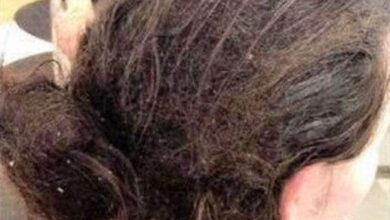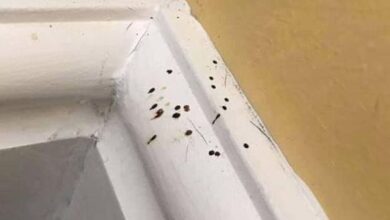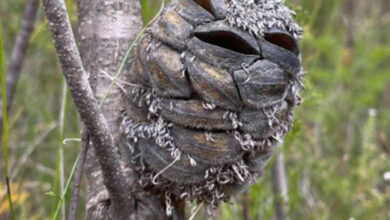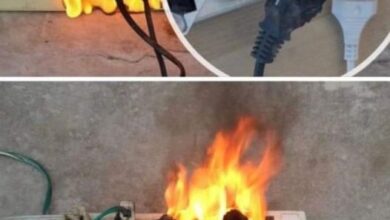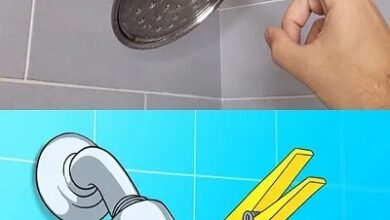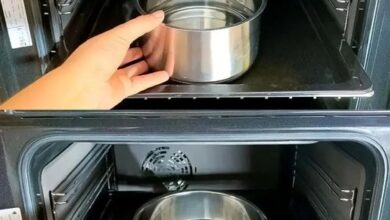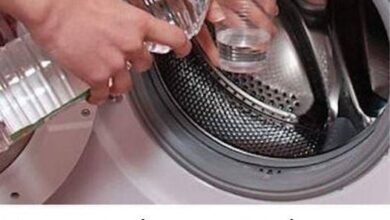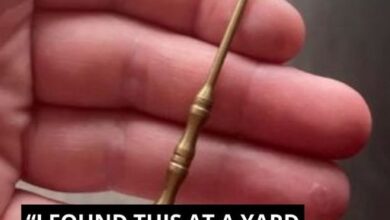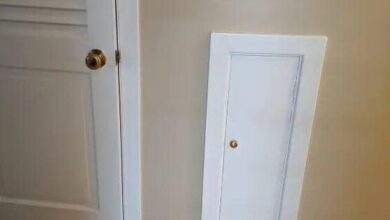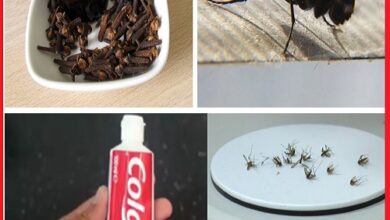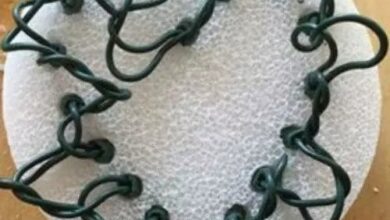Why put a ball of aluminum foil in the oven? The trick that solves a problem we all have

Let’s delve into a kitchen mystery: what’s with the trick of placing an aluminum foil ball in the oven? This might seem like an oddity or a kitchen myth, but as it turns out, this humble foil ball harbors a secret that solves a universal kitchen conundrum.
Crafting the Foil Ball: Tear off a piece of aluminum foil and scrunch it into a ball. The size isn’t supremely critical, but aim for a diameter of about 2-3 inches for optimal effect.Positioning in the Oven: Place the aluminum foil ball(s) in the oven, preferably on a lower rack, ensuring it doesn’t obstruct the flow of heat or come into contact with the heating elements.Baking as Usual: With the foil ball in place, proceed with your regular baking. Adjust the oven temperature and bake time as per your recipe and observe if the cooking appears more even.Safety First: Always exercise caution when retrieving the foil ball post-baking, as it will be hot. Utilize an oven mitt or tongs to safely remove it.Benefits and Considerations
